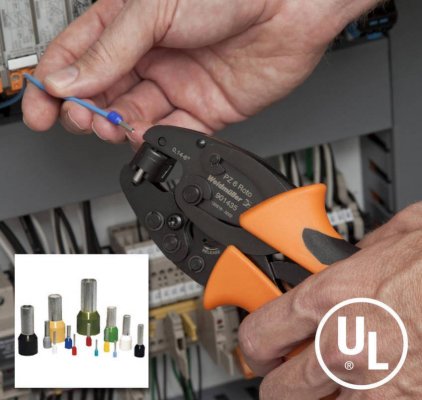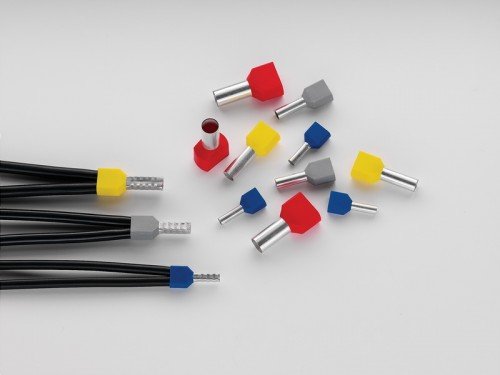N4712
Guru
- Joined
- Apr 22, 2013
- Messages
- 3,607
- Location
- U.S.A
- Vessel Name
- Oliver
- Vessel Make
- Nordhavn 47 Hull# 12
Yeah, I find that dumb. Copper will corrode like a mother and then create resistance which could cause a fire. Dumb.There is no legal requirement for tinned conductors in the US (CFR's), Canada (TP1332E), Europe (CE, RCD's) or any of the voluntary standards (ABYC, SAE, NFPA, UL, CSA, IEEE etc.) Although I personally believe it is a good idea, particularily in salt water.
Last edited:


